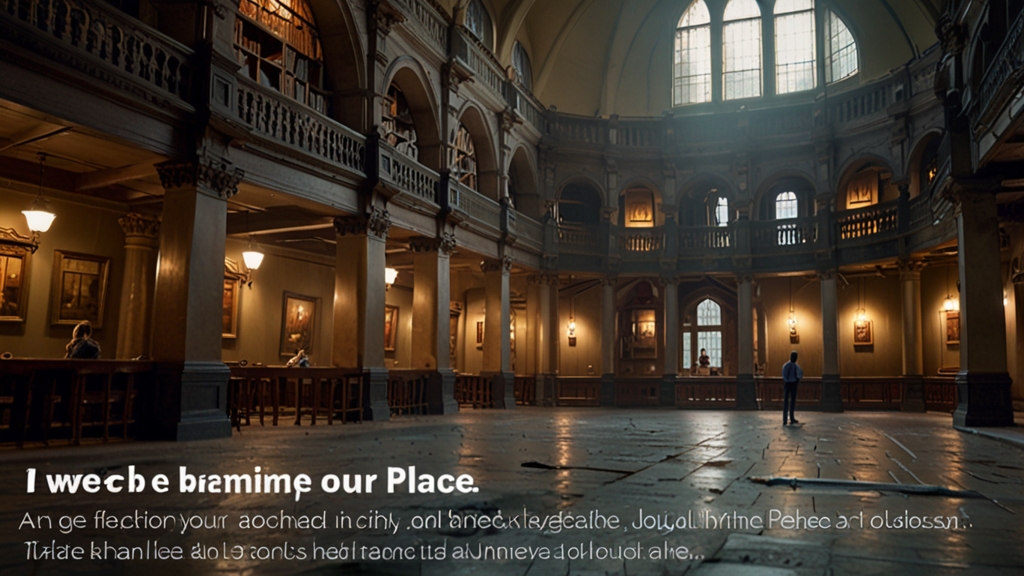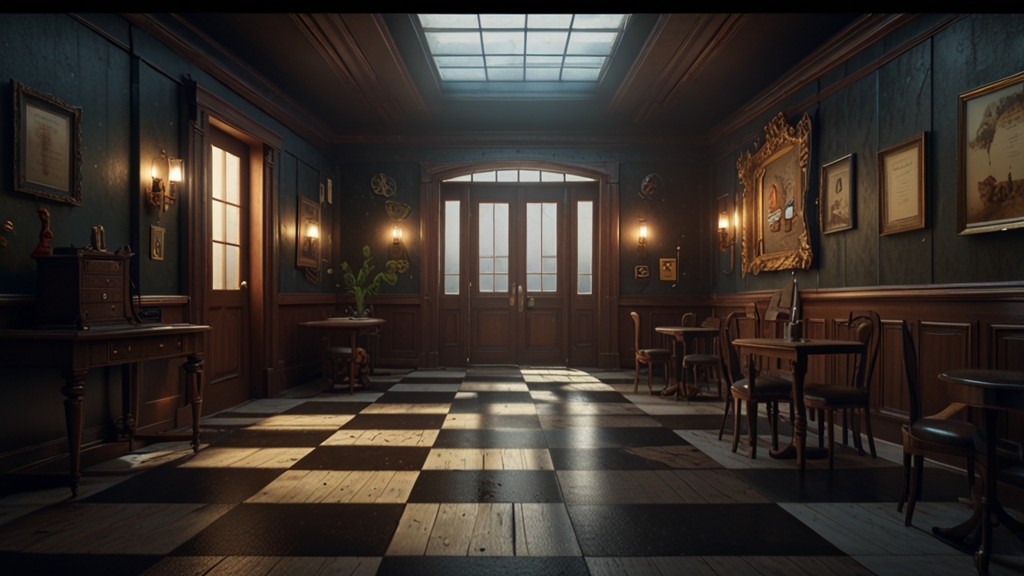The Most Astonishing Fun Facts About History
History is a fascinating tapestry woven from countless moments, individuals, and events. While some historical facts are well-known, there are numerous intriguing tidbits that might surprise even the most ardent history buff. Let's dive into some of the most astonishing fun facts that history has to offer.
Cleopatra's Closer to Our Time Than the Pyramids
When we think of ancient Egypt, it's easy to lump all the notable figures and monuments into one broad era. However, Cleopatra VII, the last active ruler of the Ptolemaic Kingdom of Egypt, lived closer in time to the modern day than to the construction of the Great Pyramids of Giza. Cleopatra ruled in the 1st century BCE, whereas the Great Pyramid of Giza was completed around 2560 BCE. That’s a span of over 2,500 years!
"Cleopatra lived closer in time to the Moon landing than to the construction of the Great Pyramids."
The Short-Lived Empire of Lichtenstein
In 1866, Lichtenstein sent an army of 80 men to fight in the Austro-Prussian War. Remarkably, they returned with 81, having made a new friend along the way. This comedic event is one of the reasons why Lichtenstein is known as the country that has never lost a war. The small European nation subsequently dissolved its army, marking it one of the few countries without a standing military today.
The Great Emu War
In 1932, after a population boom of emus in Western Australia started wreaking havoc on farmland, the government decided to act. The military was deployed with machine guns to curb the emu population. However, the "Great Emu War" was a spectacular failure, with the emus emerging victorious. The emus were surprisingly agile and their numbers too vast for the small contingent of soldiers to handle, making this one of the most peculiar military operations in history.
"Despite the use of military-grade weaponry, the emus outmaneuvered and outlasted their human opponents."
Nero’s Artistic Ambition
Emperor Nero, infamous for his tyrannical rule over Rome, harbored surprising artistic aspirations. Nero was an accomplished poet, musician, and actor who took his passions seriously. He even participated in the Olympic Games, adding drama by competing in multiple events and inevitably winning, due largely to his authoritative position. Unsurprisingly, his artistic ventures often overshadowed the demands of governance, contributing to his legacy as one of Rome's most notorious rulers.
The Tale of Tycho Brahe's Nose
Tycho Brahe, the renowned Danish astronomer of the 16th century, is often remembered not just for his astronomical observations but also for his unusual prosthetic nose. Brahe lost a significant portion of his nose in a sword duel over a math problem and wore a replacement made of brass, or, some sources claim, gold and silver alloy. Remarkably, this injury did little to hinder his groundbreaking work in astronomy.
The Dancing Plague of 1518
One of the most baffling events in medieval Europe was the Dancing Plague of 1518 in Strasbourg. Dozens of people started dancing uncontrollably in the streets. This 'dance fever' lasted for weeks, and several participants reportedly died from exhaustion. Various theories have been proposed, ranging from mass hysteria to ergot poisoning (a hallucinogenic mold on damp rye), but no definitive explanation has been established to this day.
"In the heat of summer 1518, Strasbourg was gripped by a dance epidemic that claimed several lives and baffled authorities."
The Eiffel Tower's Secret Apartment
Gustave Eiffel, the engineer behind the iconic Eiffel Tower, secretly built himself a private apartment at the top of the structure. Not intended for public access, this quaint apartment was used by Eiffel to entertain distinguished guests, including the likes of Thomas Edison. Despite its simplicity, the apartment offered breathtaking views of Paris, and today, it's preserved as a historical site.
The Unlikely Fall of Constantinople
During the final siege of Constantinople in 1453, a hidden postern gate, known as the Kerkoporta, was reportedly left open. This oversight allowed Ottoman soldiers to infiltrate the city, leading to its fall. While debates continue over the accuracy of this account, it underscores how seemingly small errors can lead to monumental changes in history.
History, with its myriad stories and events, remains endlessly intriguing. These fun facts showcase just a small slice of the bizarre, humorous, and extraordinarily surprising moments that have shaped the world we know today.








